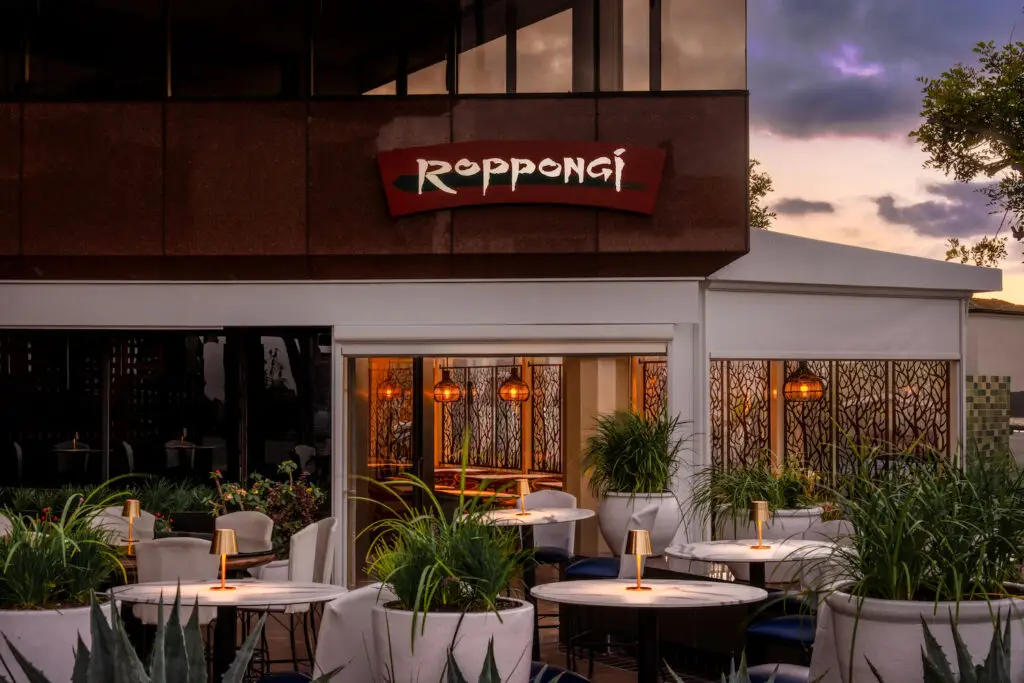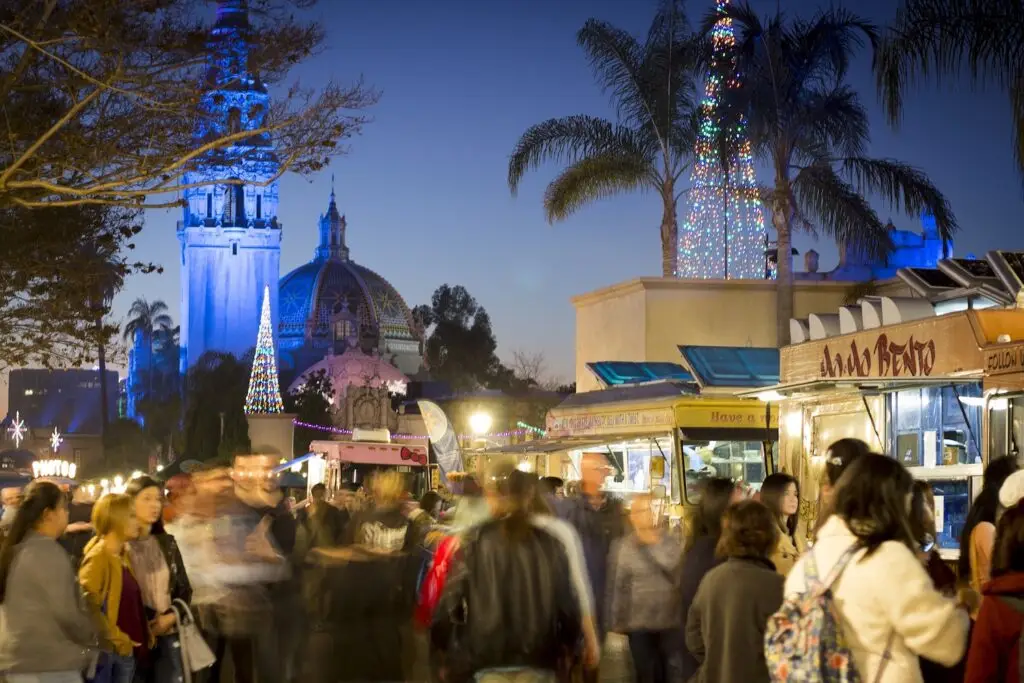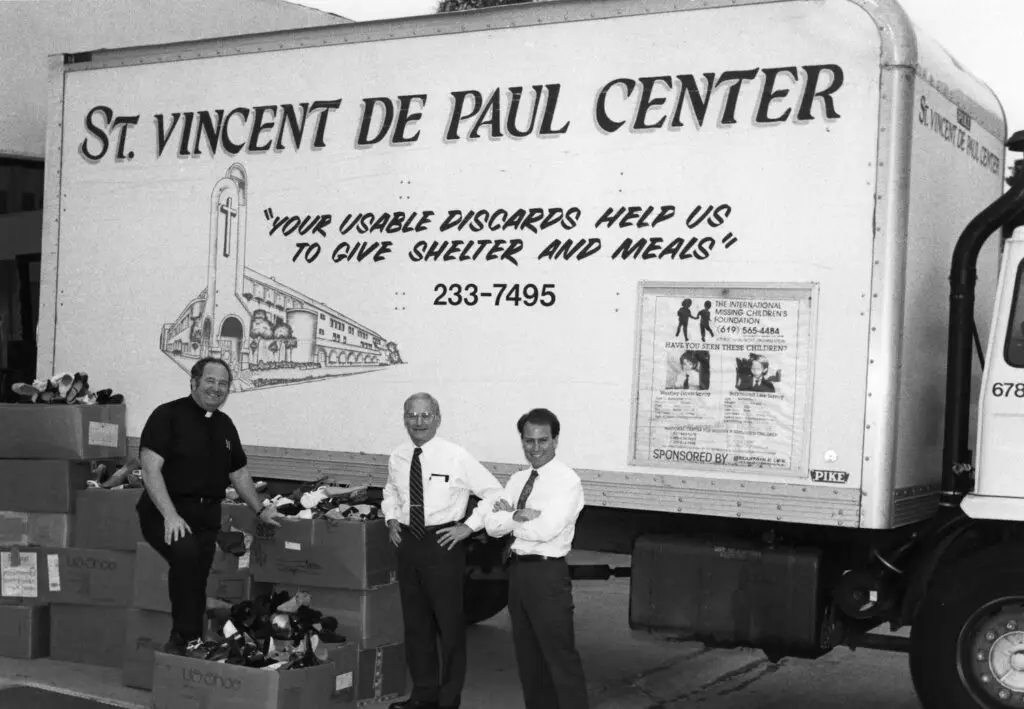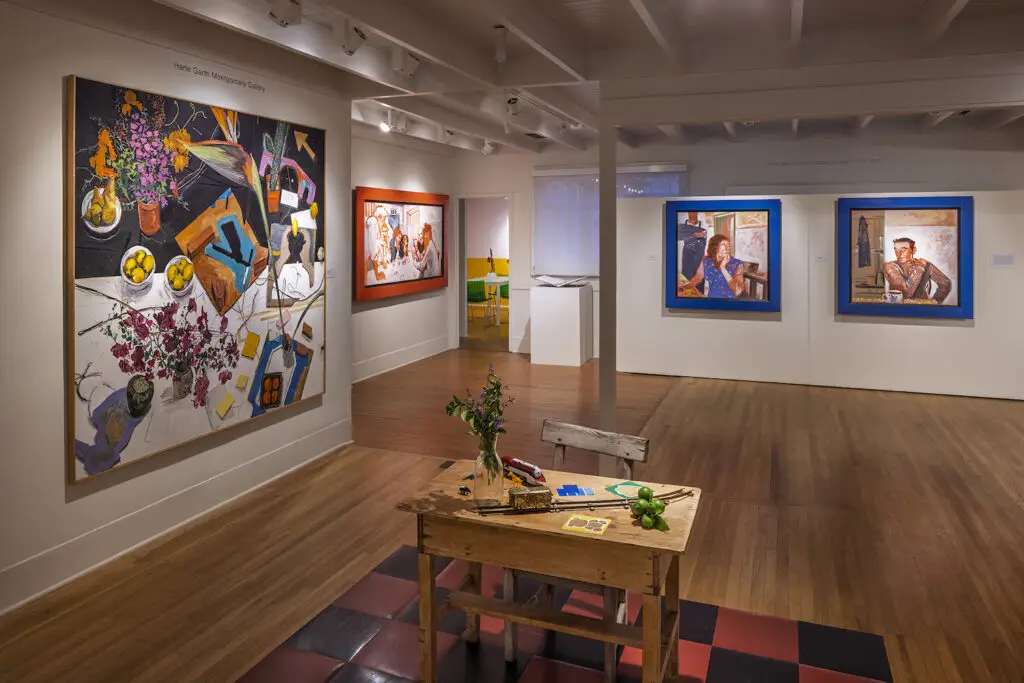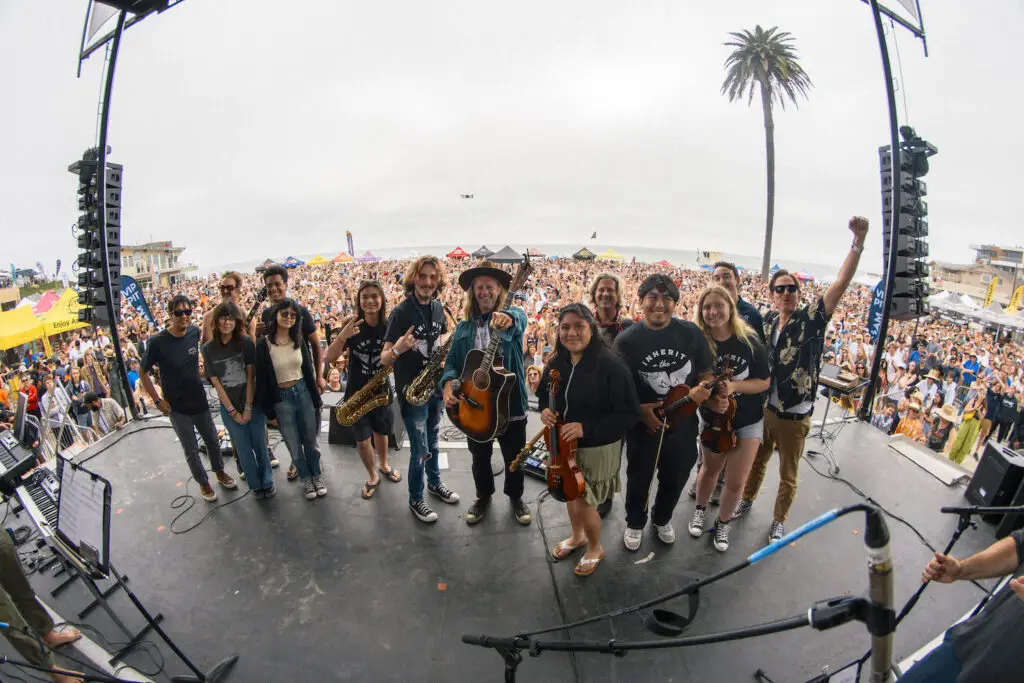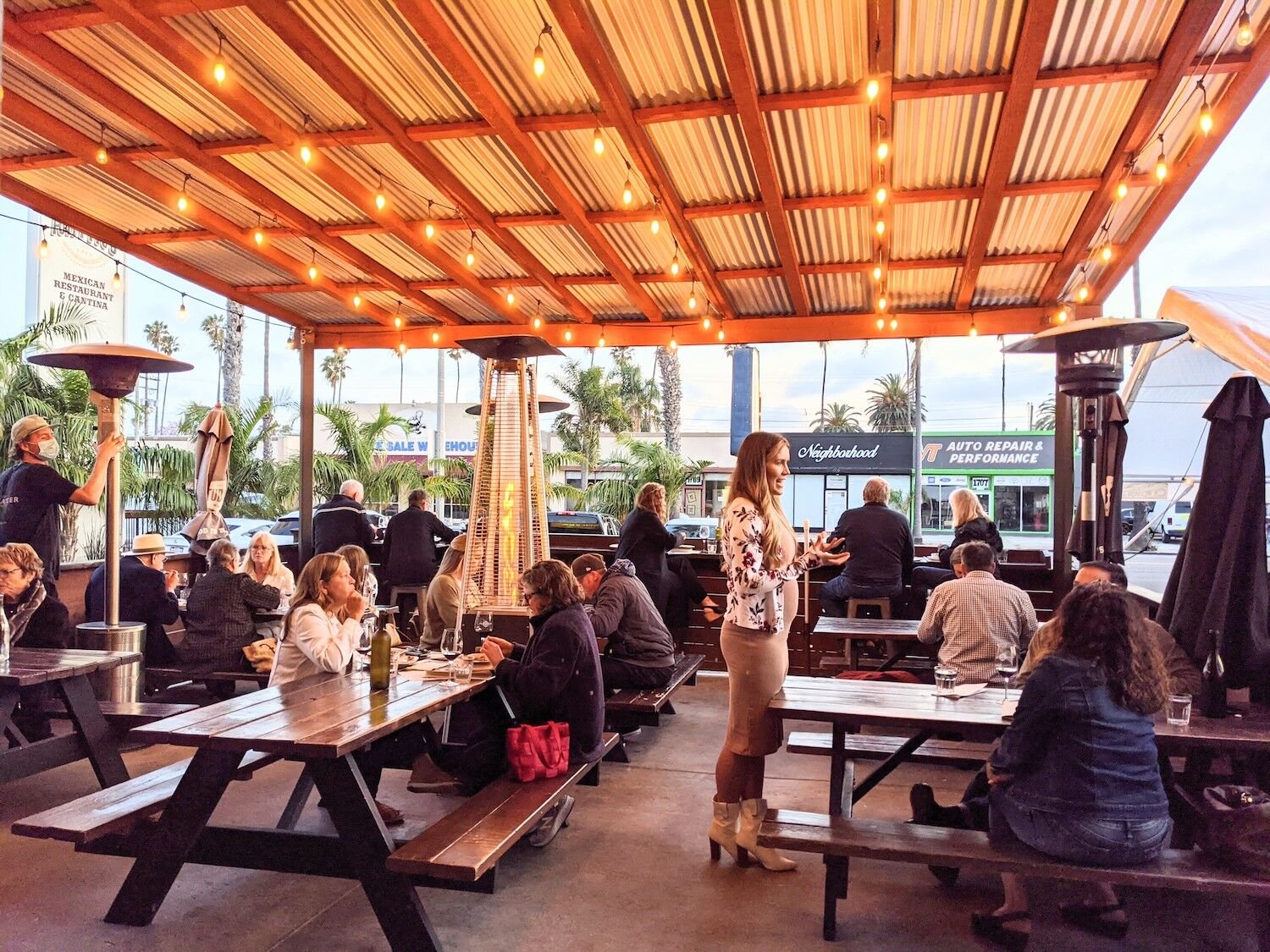
Privateer Patio
It’s one thing to have a great wine list, it’s another to have Wine Spectator agree that your collection has bragging rights.
But this kind of accolade only comes after plenty of hard work. It took Susan Porter-Guarino, the wine and beverage director of Privateer Coal Fire Pizza in Oceanside, months of preparation and hours of computer time to submit her application for the award.
There were so many file conversions and uploads, and the meticulous cataloging of more than a hundred wines. On the eve when her application to Wine Spectator’s annual restaurant awards was due, Porter-Guarino faced yet another challenge. “I got an email that said, ‘You’re almost done,’” she says. Turns out, she still needed to sign, print, and step foot in a post office to postmark a straggler form by 5 p.m. that day.
Then the waiting. Weeks went by without a word.
Now, as I sit across from Porter-Guarino one afternoon before service, she is visibly giddy. In June, thanks to her efforts, Privateer earned its first Award of Excellence from Wine Spectator. Privateer has been open since 2012, and for years Porter-Guarino flipped through the magazine’s pages to see who made the list, and thought, “Wouldn’t it be great if I were on that list?”
In serious foodie circles, a Wine Spectator award is a prestigious stamp of approval, no matter which award tier is bestowed. According to the magazine’s three-tiered award format, “Wine lists that earn an Award of Excellence, whether compact or extensive, deliver sufficient choice to satisfy discerning wine lovers.”
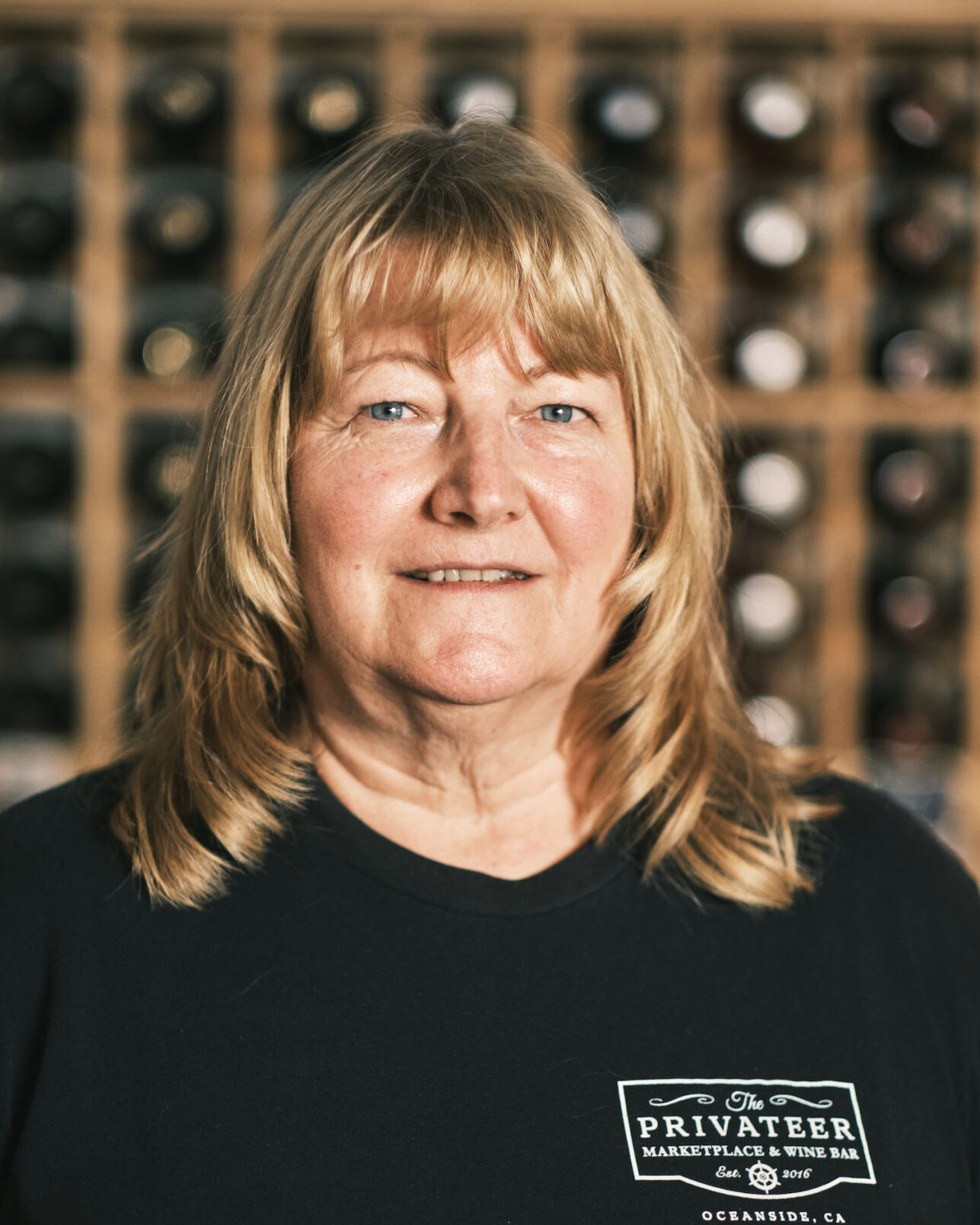
Wine list award winner, Susan Porter-Guarino
Privateer joins 26 other county restaurants recognized by Wine Spectator in 2022, including Grand Award (the highest honor) winner Addison in Carmel Valley, a Michelin–starred restaurant. The Best of Award of Excellence is the second tier award, and the Award of Excellence is its third.
Privateer is, cheekily, the only casual restaurant in the County represented on this year’s list. For those unfamiliar, one side is a sit-down pizza place with wines by the glass and an outdoor patio, while its airy marketplace next door is stocked with bottles of wine. It also plays host to a popular Tuesday comedy night, live music on Wednesdays, and offers a wine club. Porter-Guarino’s wine list focuses on value and regional variety.
Building a wine list might be second nature to experts like Porter-Guarino, a certified sommelier, but for many restaurant-goers, navigating a wine list is like trying to pass a test without any context of the subject material. For the uninitiated, an unsettling sense of performance anxiety might heighten as soon as the server arrives.
“Don’t feel intimidated,” Porter-Guarino says. “I started out with Sutter Home white zin, and I thought it was the best thing in the world when I was 21,” she adds with a laugh. Privateer takes a straightforward approach to organizing its wine list. The list is first categorized by whites, rosés, and reds. Then, each category descends in order of boldness. Its white wine selection, for example, might begin with a light and crisp sauvignon blanc and round out with a bold chardonnay that may or may not see some oak.
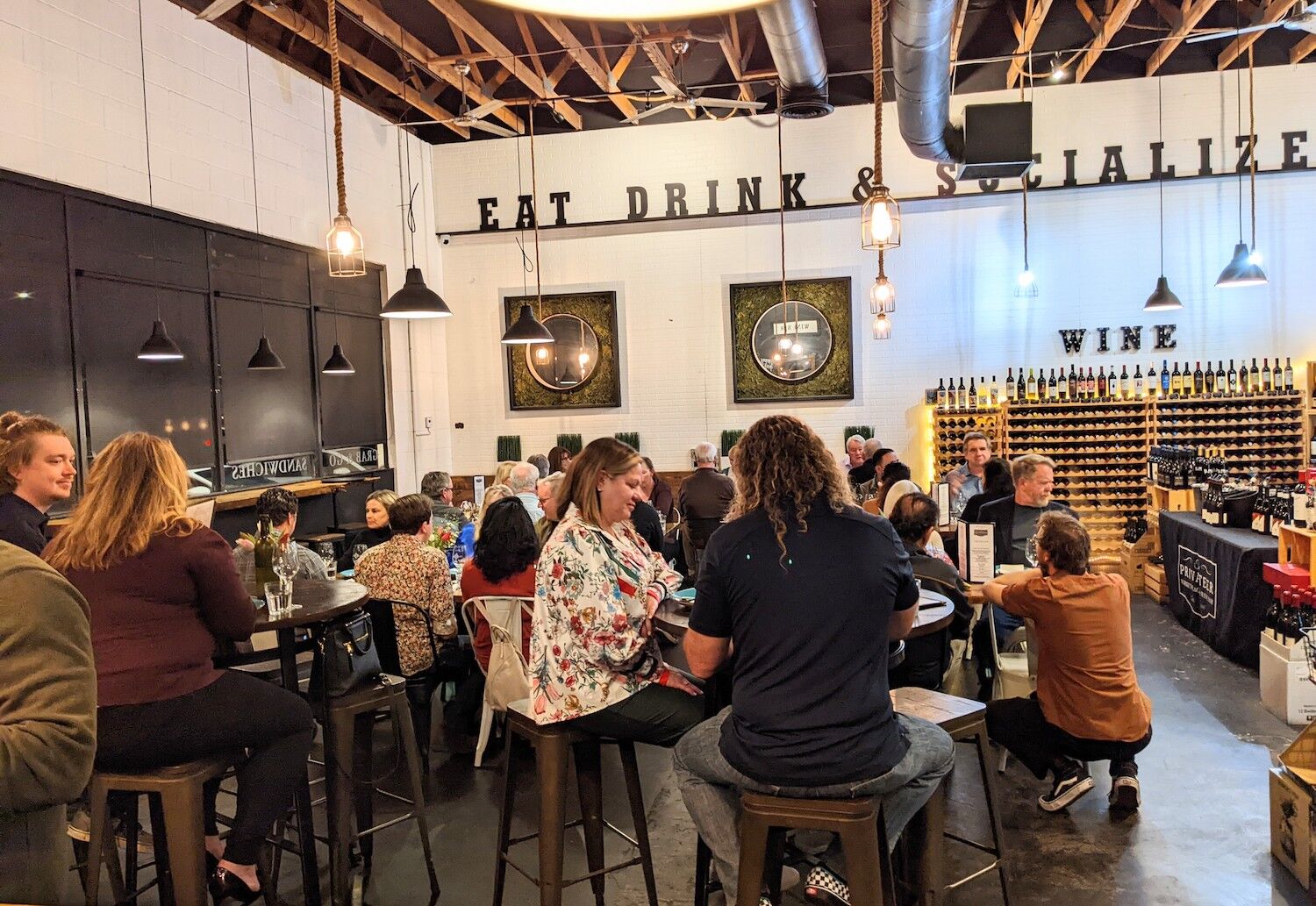
Inside Privateer, where pizza and great wine go together excellently.
Geographically, California wines are largely represented and well-received. Porter-Guarino notes that 60 percent of Privateer’s wine sales come from central California regions like Paso Robles and Santa Barbara. Wines from Oregon and Washington, which are generally lighter-bodied and less fruit-forward, are also on offer. Locally speaking, Fallbrook Winery produces Privateer’s private label reds, whites, and blends. Wines from Ramona-based Beach House Winery are slated to be in rotation soon.
“Americans love cocktail wines,” Porter-Guarino says, striking a contrast between wines that do better when paired with food, rather than as a standalone sipper. “Southern Californians like their food big and bold, and they like their wine the same.” She adds that since she joined Privateer after a long career up north in wholesale horticulture near Half Moon Bay, San Diegans have increasingly embraced wines from beyond California.
PARTNER CONTENT
Sensing an opportunity to ride the momentum of evolving consumer tastes and recognition from Wine Spectator, she’s keen to bring in varieties from regions the average wine drinker might perceive as esoteric, like Georgia, Turkey, and Armenia. But while wines from Turkey and the Caucasus region may be less available in the U.S., these parts of the world have been making wine for more than 6,000 years. She’s also excited about the Southern Hemisphere. “Six years ago, I couldn’t sell anyone on wine from Tasmania,” Porter-Guarino recalls. The tides are turning. In fact, they already have. Her award is proof.
